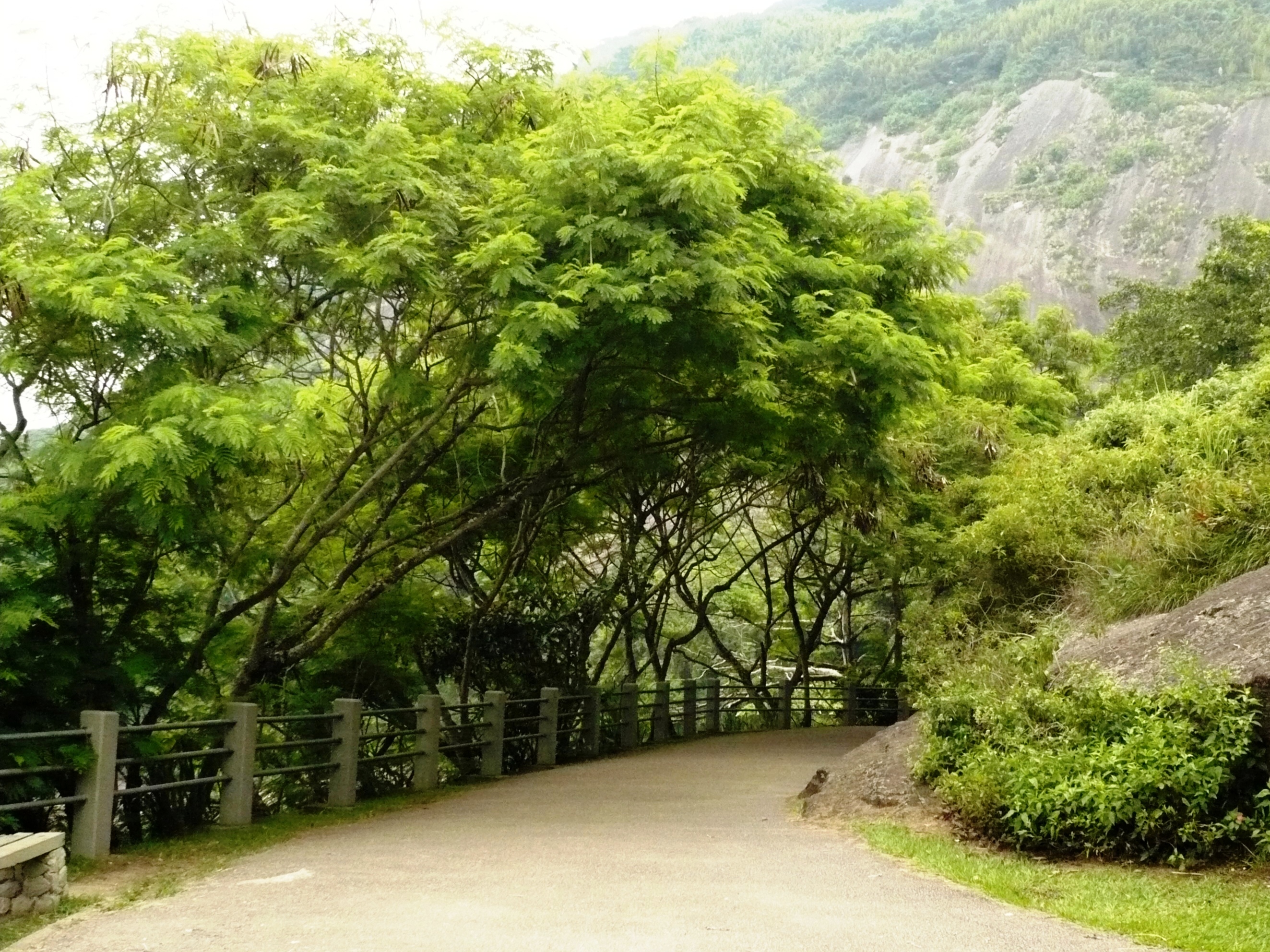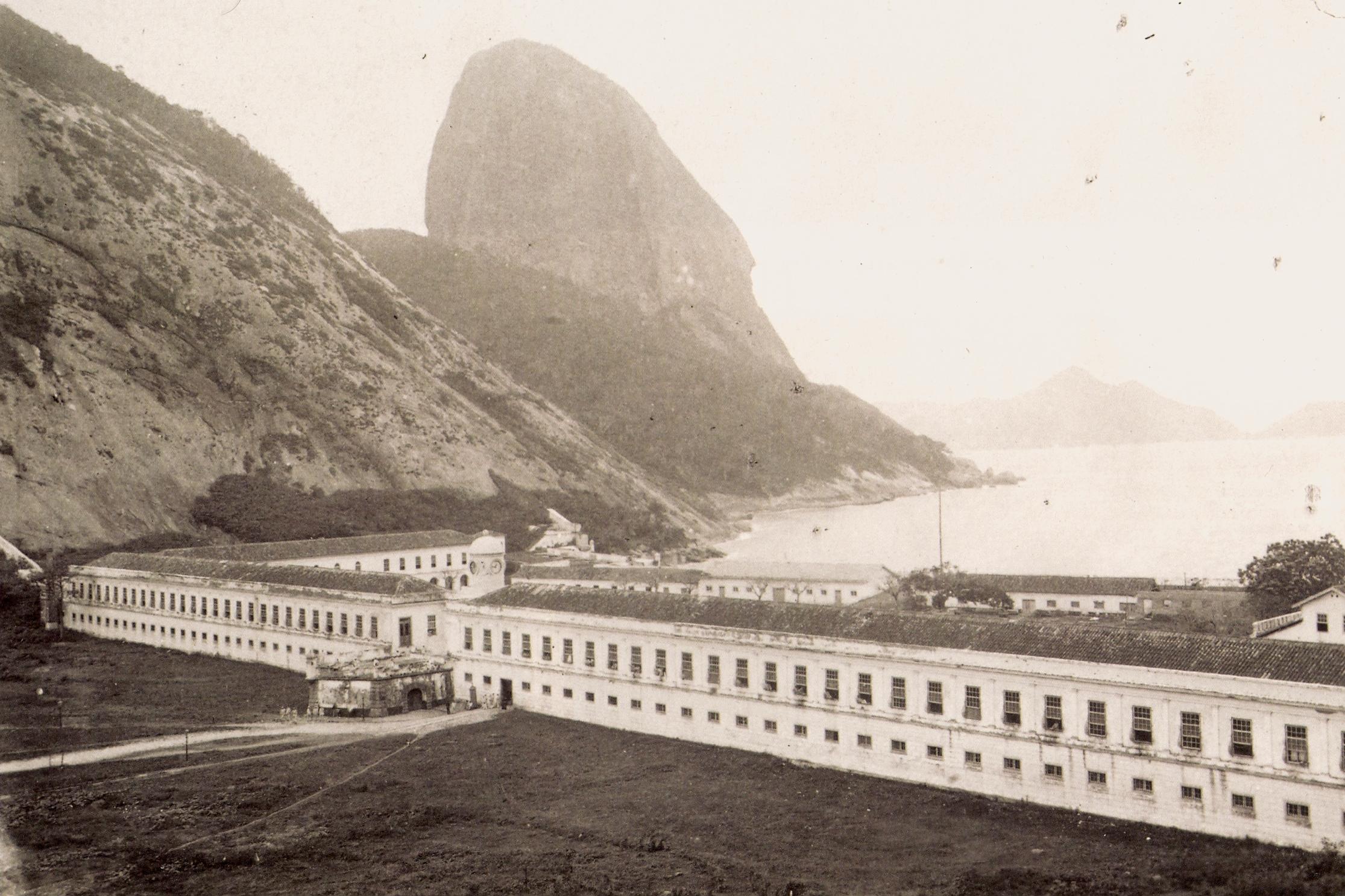|
Pista Cláudio Coutinho
The Pista Cláudio Coutinho is a walking/running trail located beneath Sugarloaf Mountain in the Rio de Janeiro neighborhood of Urca Urca is a traditional and wealthy residential neighborhood with nearly 7,000 inhabitants (2000 census) in Rio de Janeiro, Brazil. Although most of the neighborhood dates from the 1920s, parts of it are much older. What is now called the Forte Sã .... The paved trail is 1.25 km long, has many native Brazilian trees with lot´s of birds and small monkeys. Halfway down the trail is the entrance to the unpaved trail that leads to the top of the first of Sugarloaf Mountain's two humps. The area is frequented by families, tourists and local runners. ReferencesLonely Planet - Pista Cláudio Coutinho Hiking trails in South America Guanabara Bay Transport in Rio de Janeiro (city) {{Brazil-transport-stub ... [...More Info...] [...Related Items...] OR: [Wikipedia] [Google] [Baidu] |
Sugarloaf Mountain
Sugarloaf Mountain ( pt, Pão de Açúcar, ) is a peak situated in Rio de Janeiro, Brazil, at the mouth of Guanabara Bay on a peninsula that juts out into the Atlantic Ocean. Rising above the harbor, the peak is named for its resemblance to the traditional shape of concentrated refined loaf sugar. It is known worldwide for its cableway and panoramic views of the city and beyond. The mountain is one of several monolithic granite and quartz mountains that rise straight from the water's edge around Rio de Janeiro. Geologically, it is considered part of a family of steep-sided rock outcroppings known as non-inselberg bornhardts. The mountain is protected by the Sugarloaf Mountain and Urca Hill Natural Monument, created in 2006. This became part of a World Heritage Site declared by UNESCO in 2012. Origins of the name The name Sugarloaf was coined in the 16th century by the Portuguese during the heyday of sugarcane trade in Brazil. According to historian Vieira Fazenda, bloc ... [...More Info...] [...Related Items...] OR: [Wikipedia] [Google] [Baidu] |
Rio De Janeiro
Rio de Janeiro ( , , ; literally 'River of January'), or simply Rio, is the capital of the state of the same name, Brazil's third-most populous state, and the second-most populous city in Brazil, after São Paulo. Listed by the GaWC as a beta global city, Rio de Janeiro is the sixth-most populous city in the Americas. Part of the city has been designated as a World Heritage Site, named "Rio de Janeiro: Carioca Landscapes between the Mountain and the Sea", on 1 July 2012 as a Cultural Landscape. Founded in 1565 by the Portuguese, the city was initially the seat of the Captaincy of Rio de Janeiro, a domain of the Portuguese Empire. In 1763, it became the capital of the State of Brazil, a state of the Portuguese Empire. In 1808, when the Portuguese Royal Court moved to Brazil, Rio de Janeiro became the seat of the court of Queen Maria I of Portugal. She subsequently, under the leadership of her son the prince regent João VI of Portugal, raised Brazil to the dignity of a k ... [...More Info...] [...Related Items...] OR: [Wikipedia] [Google] [Baidu] |
Urca
Urca is a traditional and wealthy residential neighborhood with nearly 7,000 inhabitants (2000 census) in Rio de Janeiro, Brazil. Although most of the neighborhood dates from the 1920s, parts of it are much older. What is now called the Forte São João, a military base at the foot of the Sugarloaf Mountain, is where the first Portuguese settlement in Rio was founded by Estácio de Sá on March 1, 1565. The French had arrived 12 years earlier and founded a settlement, called France Antarctique, close to what is now Flamengo and Gloria districts, in downtown Rio. The French, riven by internal disputes between Catholics and Protestants, were massacred by the Portuguese and their Indian allies in attacks organised from here, expelling them from the nearby Villegagnon Island (named after the French commander Nicolas Durand de Villegaignon). The street now called Rua São Sebastião, in Urca, which leads from behind the fort to the Urca casino, was originally a trail from the Portuguese ... [...More Info...] [...Related Items...] OR: [Wikipedia] [Google] [Baidu] |
Hiking Trails In South America
Hiking is a long, vigorous walk, usually on trails or footpaths in the countryside. Walking for pleasure developed in Europe during the eighteenth century.AMATO, JOSEPH A. "Mind over Foot: Romantic Walking and Rambling." In ''On Foot: A History of Walking'', 101-24. NYU Press, 2004. Accessed March 1, 2021. http://www.jstor.org/stable/j.ctt9qg056.7. Religious pilgrimages have existed much longer but they involve walking long distances for a spiritual purpose associated with specific religions. "Hiking" is the preferred term in Canada and the United States; the term "walking" is used in these regions for shorter, particularly urban walks. In the United Kingdom and the Republic of Ireland, the word "walking" describes all forms of walking, whether it is a walk in the park or backpacking in the Alps. The word hiking is also often used in the UK, along with rambling , hillwalking, and fell walking (a term mostly used for hillwalking in northern England). The term bushwalking is ende ... [...More Info...] [...Related Items...] OR: [Wikipedia] [Google] [Baidu] |
Guanabara Bay
Guanabara Bay ( pt, Baía de Guanabara, ) is an oceanic bay located in Southeast Brazil in the state of Rio de Janeiro. On its western shore lie the cities of Rio de Janeiro and Duque de Caxias, and on its eastern shore the cities of Niterói and São Gonçalo. Four other municipalities surround the bay's shores. Guanabara Bay is the second largest bay in area in Brazil (after the All Saints' Bay), at , with a perimeter of . Guanabara Bay is long and wide at its maximum. Its wide mouth is flanked at the eastern tip by the Pico do Papagaio (Parrot's Peak) and the western tip by Pão de Açúcar (Sugar Loaf). The name Guanabara comes from the Tupi language, ''goanã-pará'', from ''gwa'' "bay", plus ''nã'' "similar to" and ''ba'ra'' "sea". Traditionally, it is also translated as "the bosom of sea". History Guanabara Bay was first encountered by Europeans on January 1, 1502, when one of the Portuguese explorers Gaspar de Lemos and Gonçalo Coelho arrived on its shores. Accor ... [...More Info...] [...Related Items...] OR: [Wikipedia] [Google] [Baidu] |





